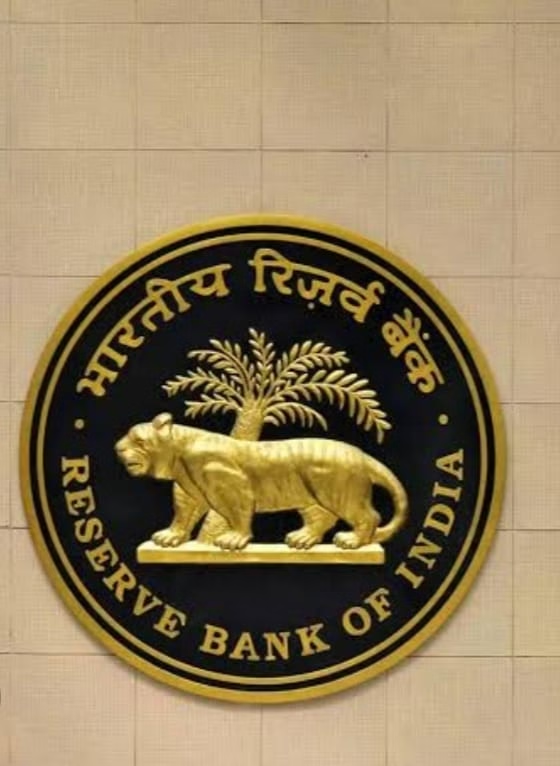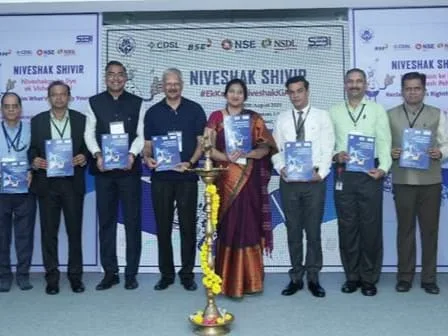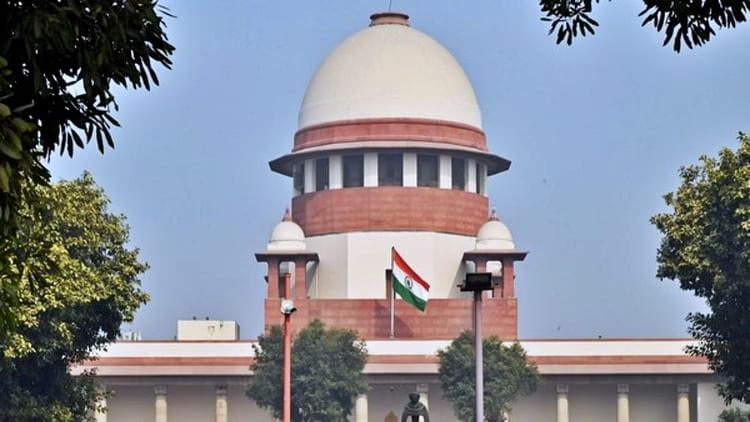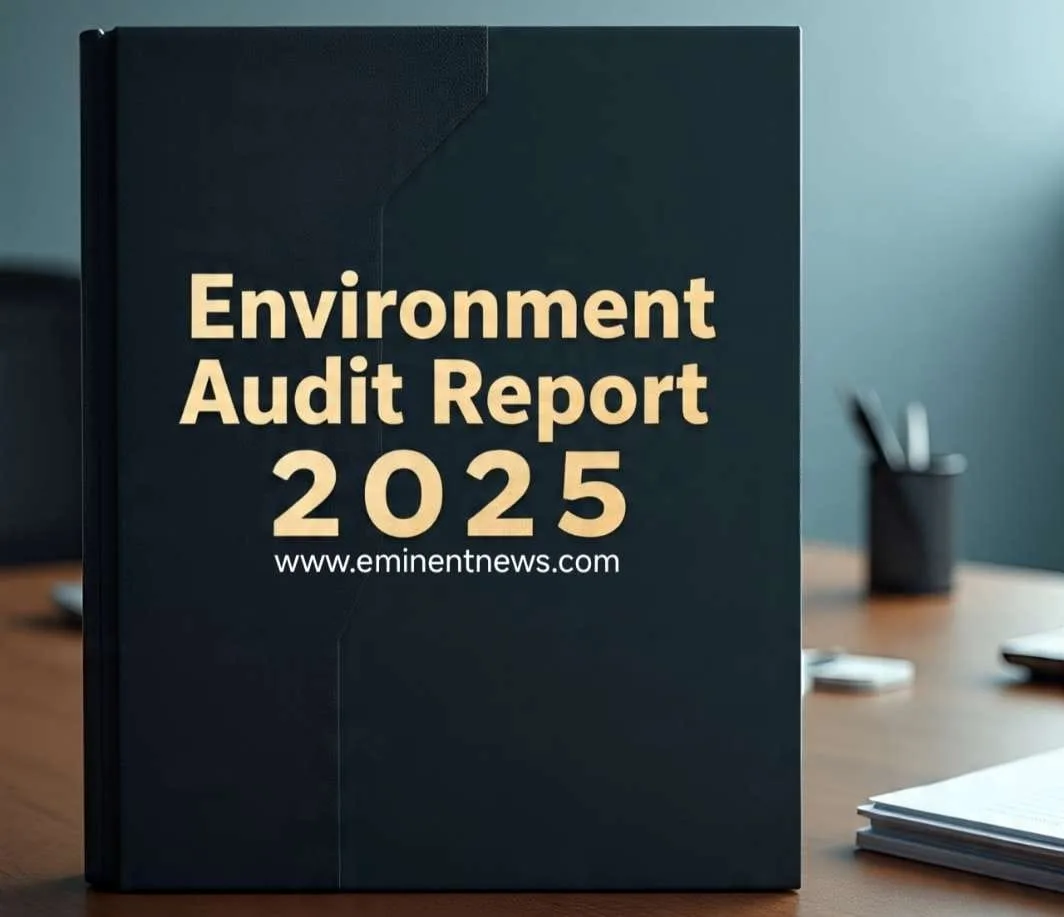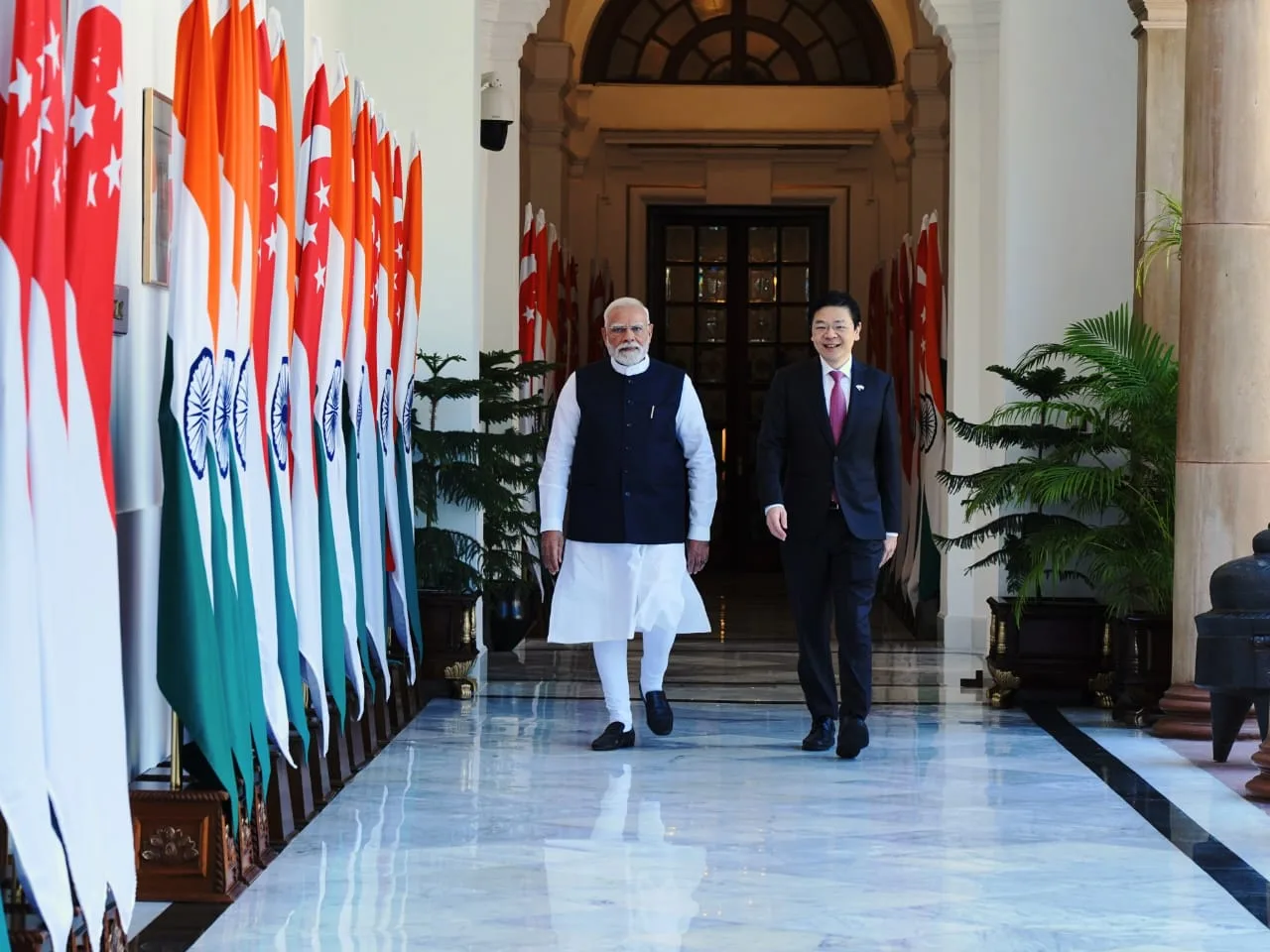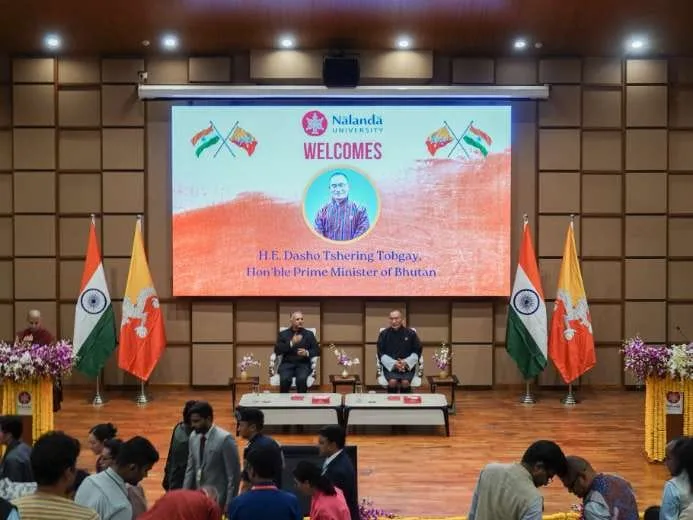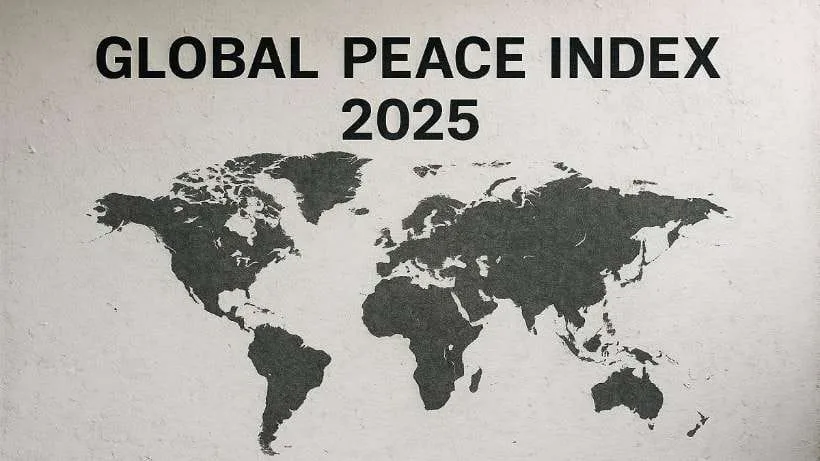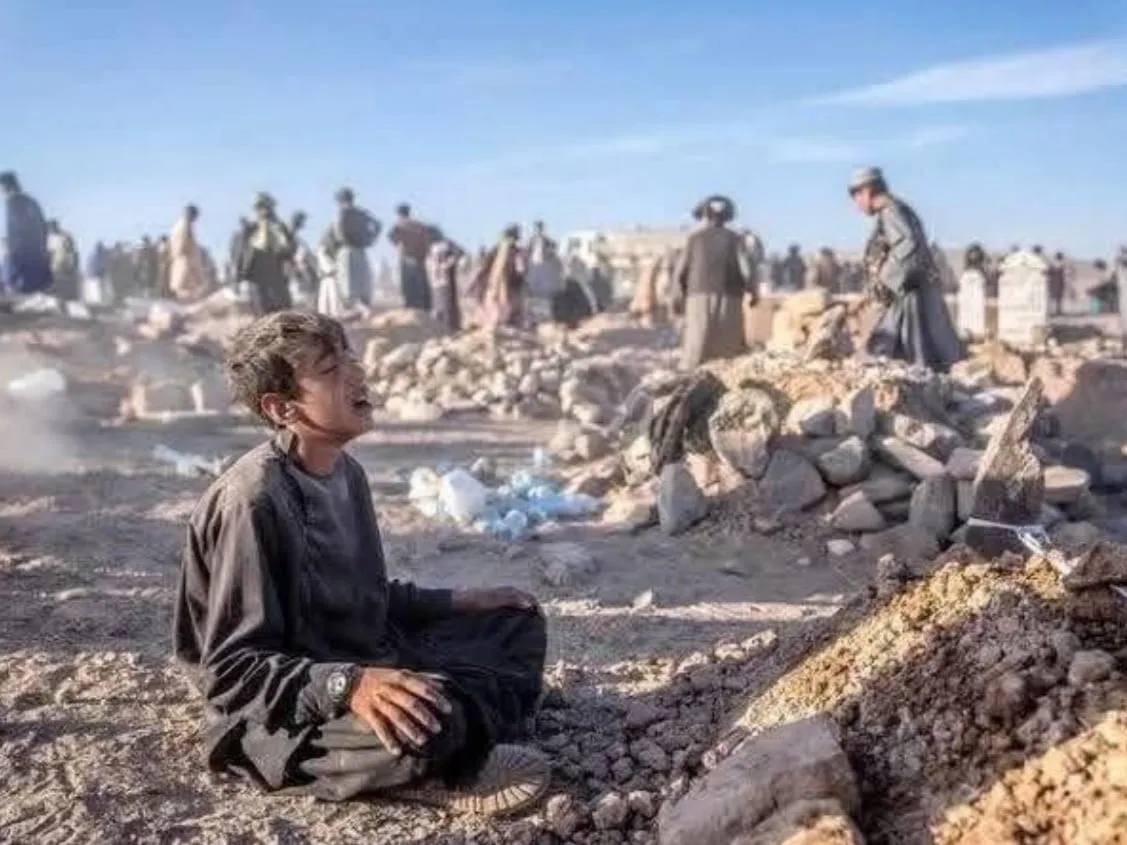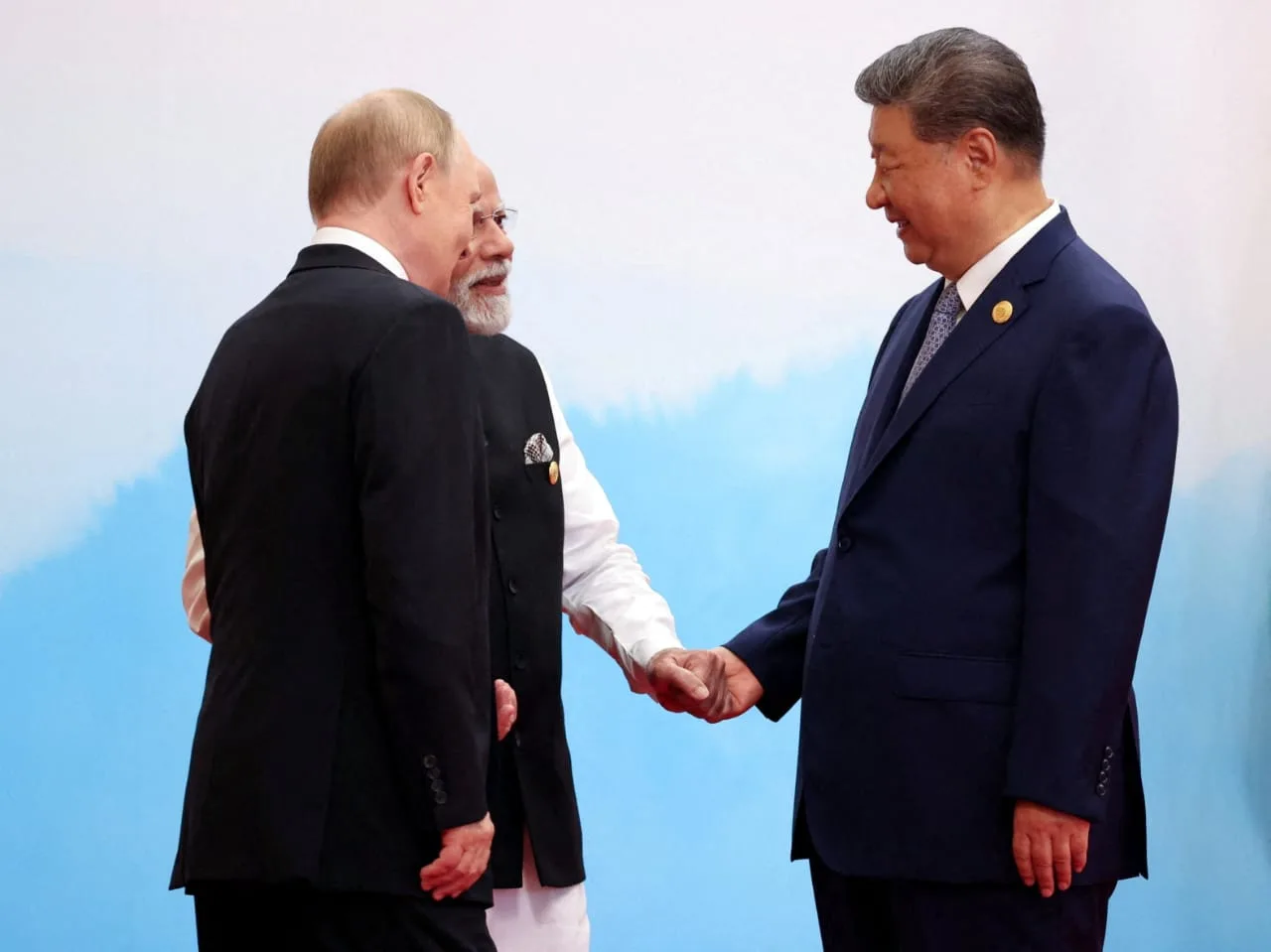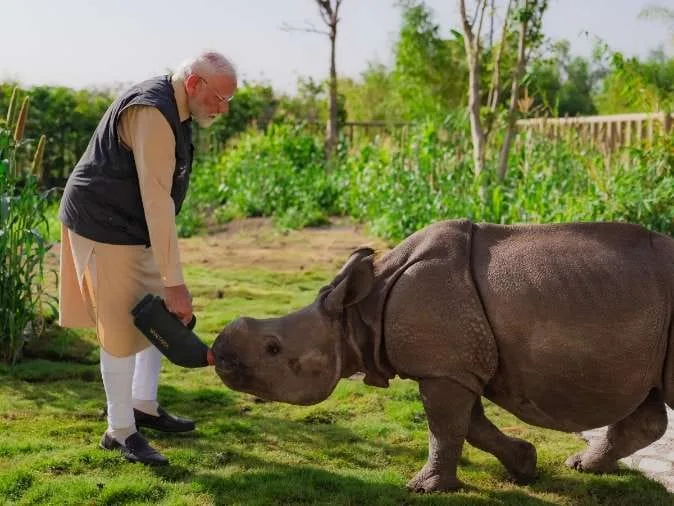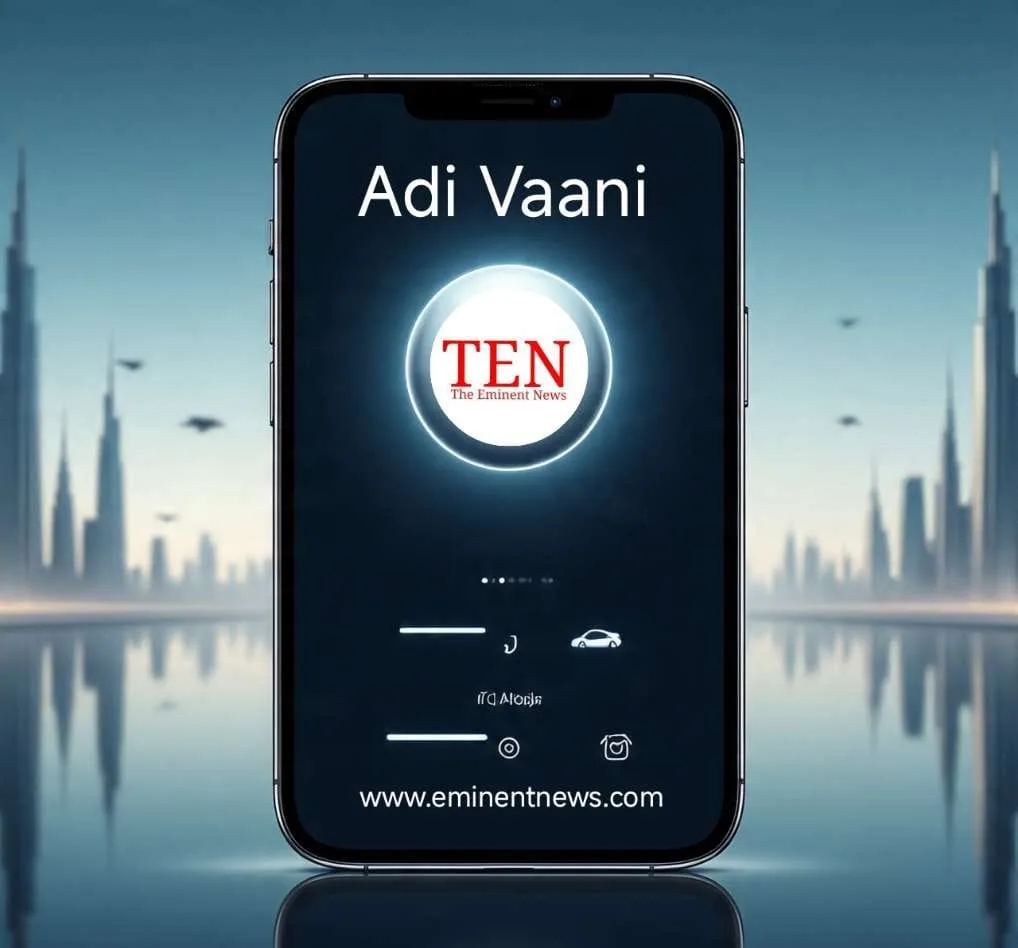The Reserve Bank of India (RBI) decided to keep the repo rate unchanged at 5.50% during its Monetary Policy Committee (MPC) meeting.
Key Highlights
- CPI inflation dropped to 2.1% in June 2025, which is the lowest in six years. Food prices, especially for vegetables and cereals, have shown signs of decreasing prices. Consequently, the FY26 inflation forecast was revised down to 3.1%.
- Rising trade tensions, like US tariffs, and fluctuating oil prices create external risks.
- The RBI cut the repo rate by 100 basis points earlier in 2025. The committee wants to see the full effects of these cuts on the economy.
About Repo Rate
The repo rate, or repurchase rate, is the interest rate at which the Reserve Bank of India (RBI) lends money to commercial banks for short-term needs. This lending usually involves government securities as collateral. In a repurchase agreement, banks have to buy back the securities later, paying the principal plus interest at the repo rate. The repo rate serves as an important tool for monetary policy.
When the RBI increases the repo rate, borrowing becomes more expensive for banks. This limits their lending and helps control inflation. In contrast, lower repo rates make borrowing cheaper and promote credit flow, which boosts economic activity , Point to be Noted here that …
- The repo rate is the rate at which the RBI lends short-term money to commercial banks. It is the main tool the RBI uses to manage liquidity, inflation, and economic growth.
- A lower repo rate allows banks to borrow from the RBI at cheaper rates. This encourages banks to reduce lending rates, making it easier for consumers and businesses to access credit. It boosts investment, consumption, and economic activity.
- An increase in liquidity and money supply can stimulate growth, especially during economic slowdowns.
About Monetary Policy Committee (MPC)
- The MPC is a statutory body set up under the RBI Act of 1934, as amended in 2016.
- It is responsible for setting the benchmark interest rate (repo rate) to maintain price stability while considering growth.
- The committee consists of six members: three from the RBI, including the Governor as Chairperson, and three external members appointed by the Government.
- Decisions are made by a majority vote, with each member having one vote. In the event of a tie, the RBI Governor casts the deciding vote.
About Flexible Inflation Targeting Framework (FITF)
The Flexible Inflation Targeting Framework (FIT) is a central banking strategy. In this strategy, the monetary authority, like the Reserve Bank of India (RBI), sets a public goal for the inflation rate. This goal generally relies on Consumer Price Index (CPI) inflation, allowing some wiggle room within a certain range. Unlike strict inflation targeting, this framework provides flexibility. It lets the central bank address other economic factors, such as output and employment, while still aiming for price stability. Remember
- India adopted a Flexible Inflation Targeting Framework (FITF) in 2016. Under this framework, the government sets an inflation target every five years in consultation with the RBI.
- The current mandate, effective until March 31, 2026, specifies a CPI inflation target of 4%, with a tolerance band of ±2%, meaning between 2% and 6%.
A flexible regime shows that the central bank is not just focused on inflation. It also looks at broader economic goals. visit here ..This approach allows inflation to move away from the target for a short time to handle shocks and support growth and jobs. This is different from “strict” inflation targeting, which cares only about keeping inflation stable.For Economy News Link yourself here www.eminentnews.com

